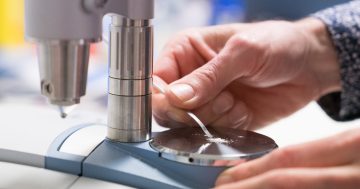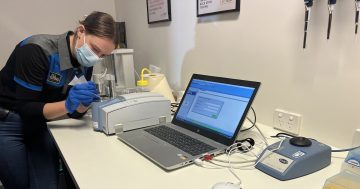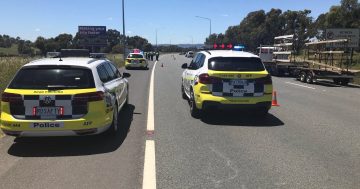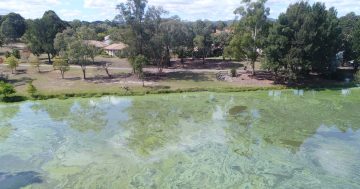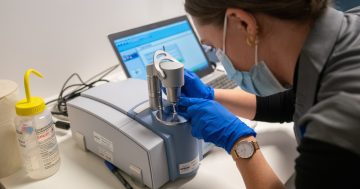
Canberra has an ice problem. No, I’m not talking about the blistering cold; I’m talking about the dangerous scourge in the form of highly purified methamphetamine.
I have interviewed 13 homeless Canberrans this year, eight of whom voluntarily admitted to using the drug on a regular basis, but it’s not just anecdotal evidence that suggests Canberra’s ice problem is real.
Directions ACT chief executive Fiona Trevelyan said in March that there was a 13 per cent increase in Canberrans admitting to injecting methamphetamine as their principle drug of choice last year. This year, the figure jumped by 23 per cent with 40 per cent of all drug users admitting to using methamphetamine as part of their regular drug consumption.
According to The Salvation Army’s Major Scott Warrington, his drug treatment centre in Fyshwick experienced a 155 per cent increase in Canberrans requesting support and treatment for methamphetamine addiction in 2014.
The Federal Government last month announced the formation of a national ice task force and development of a national ice action strategy to address the drug’s growing scourge. The initiative was welcomed by ACT Attorney-General Simon Corbell and since then, Leader of the Opposition Jeremy Hanson called on the ACT Government to provide a comprehensive response to the problem of purified methamphetamine in the ACT.
According to Alcohol Tobacco and other Drug Association ACT (ATODA), 2.1 per cent of Canberrans use purified methamphetamine.
ATODA released a statement last week which brought light to the situation in Canberra:
“The increased harms from methamphetamine can be partially explained by a rapid and profound shift from powder to the more harmful crystalline form. The drug has become stronger, the price is stable and people who use it are using it more frequently,” said Ms Carrie Fowlie, Executive Officer, ATODA.
“In fact there is no widespread increase in methamphetamine use. Instead, we are seeing the effects of high purity methamphetamine among 2.1 per cent of the population.
Methamphetamine users are shifting to the crystalline form rather than non-drug users taking up the crystalline form.”
“This has implications for the sorts of interventions needed and their priority. Instead of broad-based population strategies, people who use methamphetamine and their families need access to treatment, harm reduction and other support services.”
“There has been a 36 per cent increase in demand, increasing amphetamine presentations and up to 3 month waiting lists for non-government drug services.”
Last week, ATODA called for an additional $1.6 million investment as part of its formal budget submission. Ms Fowlie said that the increase would provide a minimum of one additional full-time staff member per drug treatment service and professional development.
Ahead of the budget, the ACT Government responded to the request by asserting that it already provided more than $9 million per annum to non-government organisations for treatment and support services.
The contention isn’t the existence of the problem. The contention is in how we deal with it.
To what extent is this a law enforcement problem, and to what extent is this a health problem? And most importantly, to what extent should the tax-payer be footing the bill?












